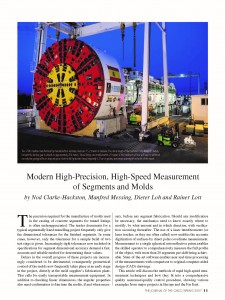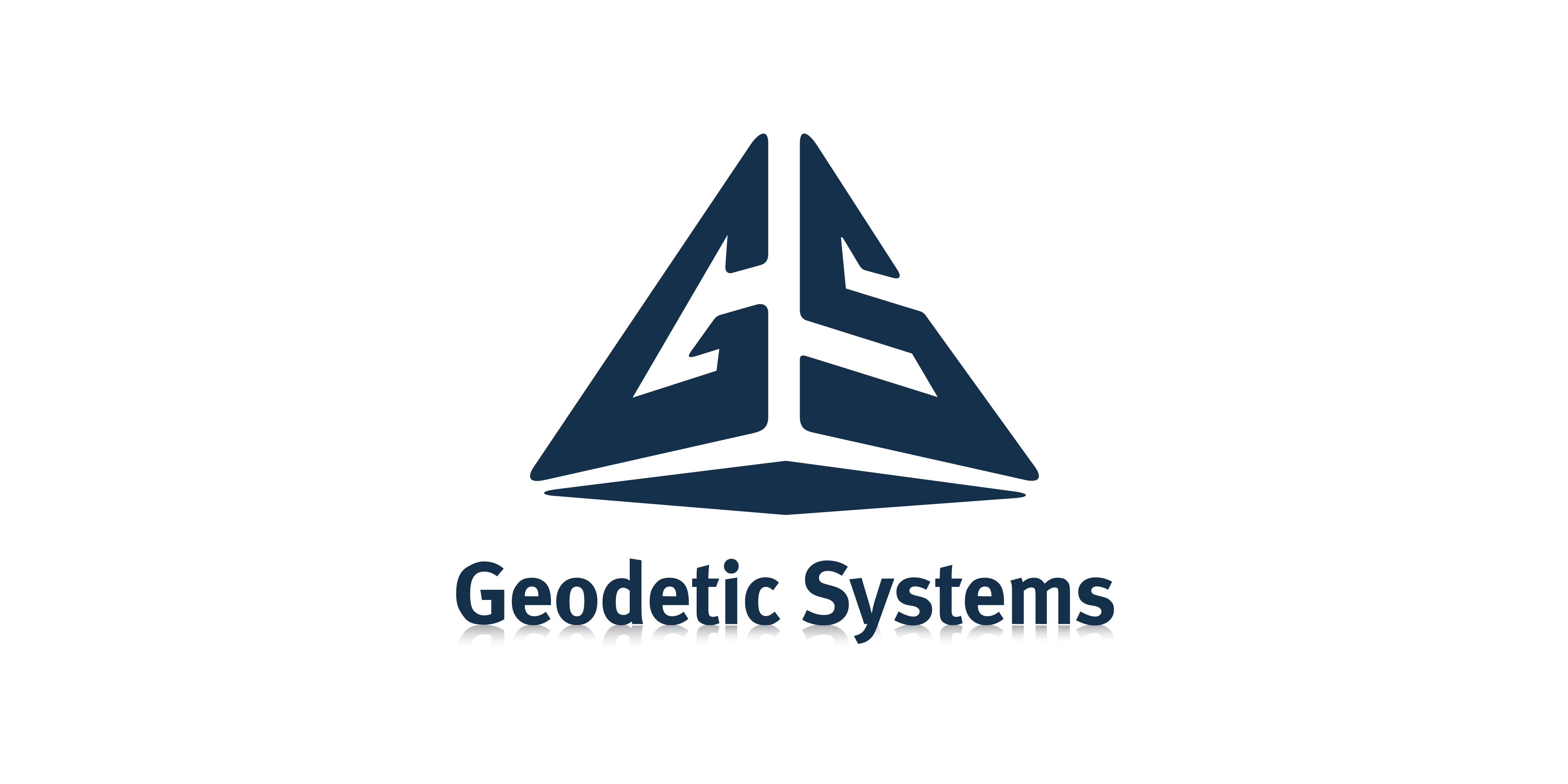
|
Download Members: $0.00 Non‑Members: $75.00 |
Buy Now |
Publication Details
| Published Date: | |
|---|---|
| Authors: | Nod Clarke-Hackston, Manfred Messing, Dieter Loh, Rainer Lott |
| Company: | CMSC |
| Print Format: | Technical Paper |
| Citation: | Nod Clarke-Hackston, Manfred Messing, Dieter Loh, Rainer Lott, "Modern High-Precision, High-Speed Measurement of Segments and Molds," The Journal of the CMSC, Vol. 2, No. 1, Spring 2007 |
Abstract
The precision required for the manufacture of the molds used in the casting of concrete segments for tunnel linings is frequently left unstated. The tender documents for a typical segmentally lined tunnelling project frequently only give the dimensional tolerances for the finished segments. In some cases, however, only the tolerances for a sample build of two test rings is given. Increasingly tight tolerances now included in specifications for segment dimensional accuracy demand a fast, accurate and reliable method for determining these values. Delays in the overall progress of these projects are increasingly considered to be detrimental; consequently, geometrical control of the molds now frequently takes place at an early stage in the project, directly at the mold supplier’s fabrication plant. This calls for easily transportable measurement equipment. In addition to checking linear dimensions, the angular properties of the molds also need confirmation to fine tune the molds, if and when necessary, before any segment fabrication. Should any modification be necessary, the mechanics need to know exactly where to modify, by what amount and in which direction, with verification occurring thereafter. The use of a laser interferometer (or laser tracker, as they are often called) now enables the accurate digitization of surfaces by direct polar coordinate measurement. Measurement to a single spherical retroreflective prism enables the skilled operator to comprehensively measure the full profile of the object to be measured, with more than 20 segments per shift being achievable. State-of-the-art software enables near real-time processing of the measurements with comparison to original computer-aided design (CAD) drawings. This article will discuss the methods of rapid high-speed measurement techniques and how they fit into a comprehensive quality assurance/quality control procedure, showing various examples from major projects in Europe and the Far East.





